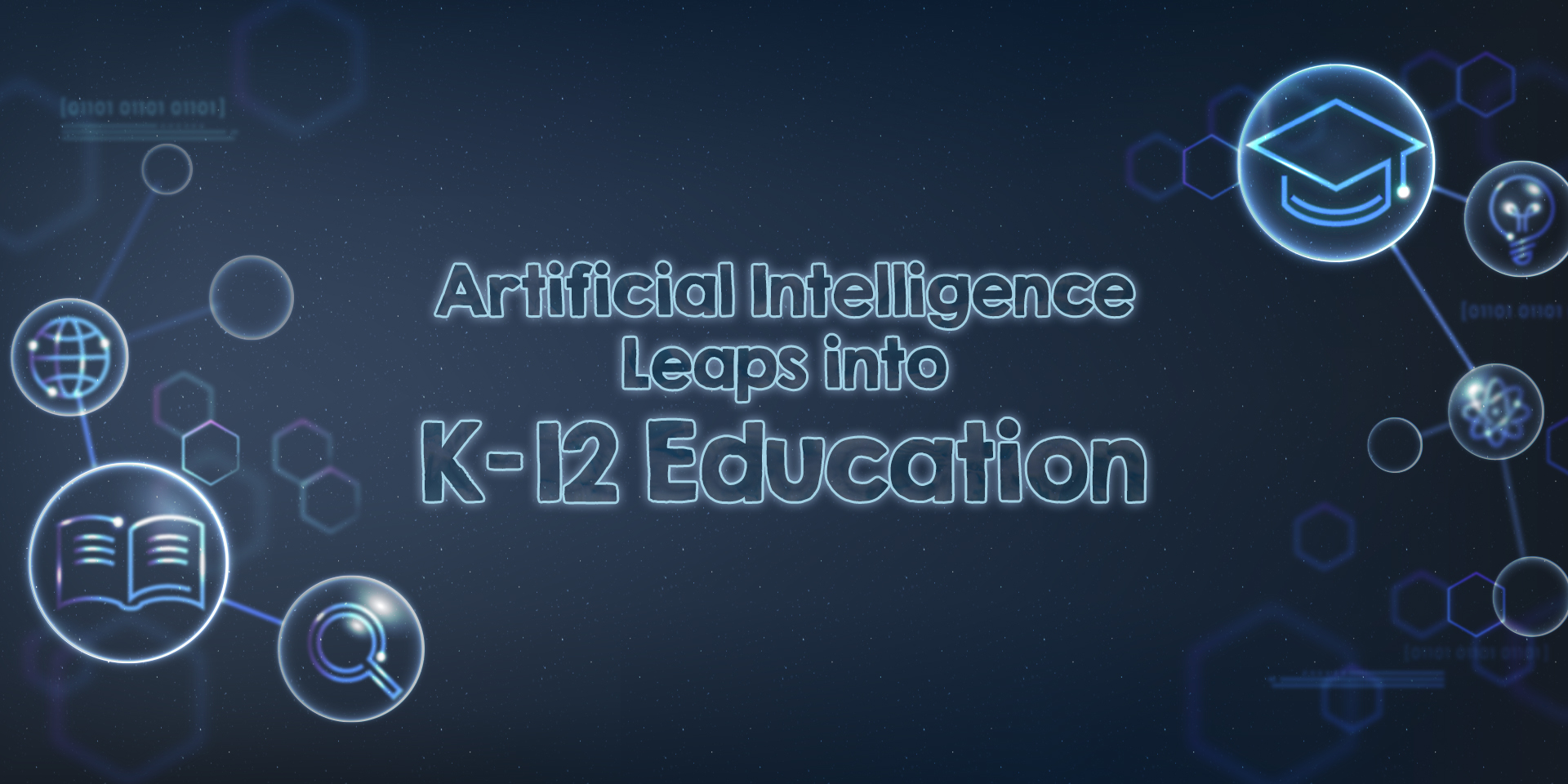In the last few years, Artificial Intelligence (AI) has regained the glory that it had a decade ago. In today’s world, nearly every industry is trying to become AI-powered, and looking at different ways in which AI can help improve business decisions. In addition to artificial intelligence, there are other emerging technologies as well – augmented reality, virtual reality, blockchain, and many others. AI coupled with other robust technologies has created an impact on K12 education. Before we dive into how AI is changing K12 education, let us first understand Artificial Intelligence.
What is AI?
Artificial Intelligence, also known as AI, is a branch of computer science and engineering that involves intelligent machines replicating the intelligence of human beings, and interacting with the real-world environment through their intelligent behaviour and capabilities.
When we talk specifically about K12 education, there needs to be a much more precise definition about artificial intelligence in education (AIEd).
- A much deeper understanding about how AI can be used to achieve specific learning objectives in the K12 curriculum by connecting teaching and learning is required.
- The real potential and power of AIEd needs to be realized to scale support at the teaching level for transforming learning experiences.
- Some questions and answers need to be asked about the use of AI for K12. For example, the acceptable uses of the data collected by AIEd.
AIEd allows the educators to assess, plan, deliver, and assess the students. The use of AI in K12 education will ultimately help the educators gain valuable insights of how learning happens with the learners. These insights will help them refine their teaching skills.
As mentioned in Pearson’s paper, AI is referred to as a computer software programmed to interact with the real-world, which otherwise would require human intelligence.
AI depends on two things – knowledge and the algorithms to intelligently process the knowledge.
Here are the different models that form the core of AIEd.
Domain model
- This model involves subject knowledge and expertise.
- For example, the multiplication and division of numbers, Newton’s law of gravitation, law of conservation of energy, etc.
Pedagogical model
- This model involves the expertise, experience, and knowledge of teaching.
- For example, allowing students to make mistakes before telling them the right answer, providing feedback to the students to improve their learning.
Learner model
This model represents the knowledge of the learners through past experience, problem-solving approach, emotional state, etc.
For an AIEd system to be successful, it needs to be based on the above-mentioned models. In addition to these three models, researchers have also come up with various other models that represent the social, cognitive, and emotional learning aspects.
How AI-powered teaching and learning is transforming K12 education?
Here are the different ways in which the use of AI for K12 is transforming the way we learn and teach K12 curriculum.
Smart content
- The use of AI in K12 education has resulted in smart personalized learning according to the student’s needs.
- AI-powered content enables personalized learning, since every student is different in K12 education.
- With the use of AI, every student can learn at his/her own pace conveniently.
- The advancement in science and technology coupled with AIEd has resulted in the development of smart learning systems.
- Smart content and learning platforms offer numerous features such as real-time feedback, interactive and fun content in the form of quizzes, puzzles, comprehensive self-assessment tests, highly responsive and customizable curriculums, etc.
AI-powered teaching assistants
- Just like virtual assistants and chatbots solve queries and answer questions of customers in the business world, AI-powered teaching assistants can help save a lot of valuable time for teachers.
- AI-powered assistants can perform those mundane and repetitive administrative tasks such as keeping attendance records, preparing report cards, assessment of test papers, etc.
- The implementation of AI in K12 education can save a lot of valuable time of teachers, thus enabling them to focus more on teaching the learners more effectively and creatively.
- AI-powered assistants can also substitute the teacher for moderation of classroom activities and discussions.
Problem identification and immediate solutions
One of the biggest advantages of implementing AI in K12 education is that it helps to identify the gaps that exist in the K12 curriculum and provide the right solutions to the learners.
AI-powered stem courses K12 ensures that all the students build the same conceptual foundation and everyone is on the same page.
In the absence of a teacher, students can get real-time feedback on the concepts learned by them from the K12 curriculum.
Moving ahead into the future, AIEd is all set to transform the role of the educators in K12 education. The rapidly transforming trends in AI and technology will enable teachers to apply AI-powered solutions to make K12 education much more interactive, fun, and engaging for the learners.


